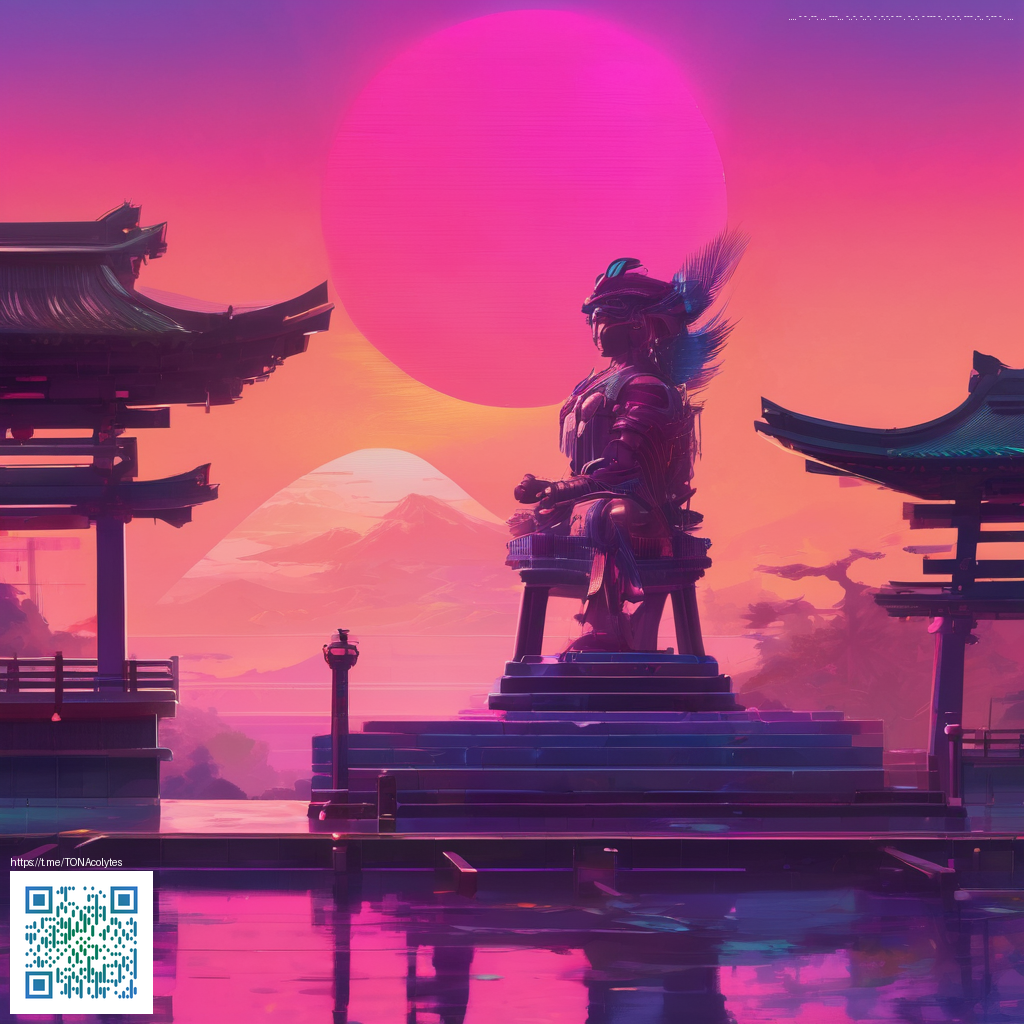
Visuals Evolution From Reveal to Today in Slay the Spire
The reveal of this roguelike deck builder hooked players with a bold promise a fresh take on both card art and battlefield mood. In those early looks the game leaned on a hand drawn vibe with inked lines and a tactile feel that immediately set it apart in a crowded field. Over time the visuals matured in tandem with a growing user base and a flood of community driven feedback. The result is a striking arc from rough concept art to a polished interface that still bears the title s distinct rough charm.
Foundations laid at the start
From the first public glimpses the core aesthetic centered on a sketch like polish and a compact color palette. Card art favored stark outlines and cross hatched shading that conveyed character while keeping readable silhouettes during fast turns. This groundwork allowed players to recognize a card at a glance even when the action was dense on screen. The team kept readability as a priority so highlights and effects never drowned the card text or energy cost.
UI shifts that changed the pace of play
As updates arrived the user interface grew in harmony with the evolving card art. The energy orb gained subtle lighting and a brighter glow when a player builds momentum, making it easier to pace decisions mid run. Iconography for relics and powers received a cohesive refresh that streamlined menus without stripping personality. Some players noted a smoother transition between exploration and combat thanks to improved background depth and contrast on various screen sizes.
Visual clarity extended to boss encounters and map exploration. Environment art stepped up with richer textures for dungeon walls and relic interfaces that felt tactile rather than flat. The more textured UI helped keep focus on the tactical layer while still delivering the quirky charm the game is known for. The trend here respects the game s identity while embracing modern display expectations on PC and console alike.
Community voices shaping the look
The community has long contributed critiques and additions that pushed visuals forward. Fans produced high resolution textures and alternative card frames in fan made packs that showcased how the art could scale without sacrificing legibility. These efforts highlight a thriving modding culture that values fidelity as well as experimentation. When players see a preferred contrast or color tweak in their own runs, many turn to mods to test new looks and feel of the game.
Beyond simple cosmetics, community ideas helped illuminate how different visual cues affect strategy. High contrast variants, more pronounced edge lines for cards with busy artwork, and improved subtitle readability during long sessions were all topics that gained traction. The dialogue between developers and players during updates often touched on aesthetics as a core element of gameplay clarity rather than mere flavor art.
Official updates and designer commentary
Official patch notes in this era increasingly included remarks on aesthetic decisions alongside mechanical changes. Developers explained aims to preserve the game s handmade vibe while embracing new technology that allowed crisper details and smoother animation. The art direction team emphasized that visuals should serve the rhythm of play first, with the card art style acting as a frame that heightens tension during critical decisions. This philosophy kept the game visually distinctive as other titles evolved around it.
For players who study every asset, the behind the scenes angle is revealing. The designers describe a balance between consistent ink style and the addition of color gradients that bring depth to encounters without creating fatigue in longer sessions. The result is a living look that adapts with each major update yet remains faithful to the original draft like charm. This synergy between developer intent and community curiosity fuels ongoing experimentation.
Modding culture as a catalyst
Mod communities have experimented with lighting, color grading, and resolution improvements that reveal how flexible the core art assets can be. Base Mod like projects and extension packs have allowed fans to push the visual envelope in ways the base game could not easily accommodate. These mods demonstrate a key truth about the series visuals they are open to interpretation while preserving the essential vibe. The culture around mods also serves as a living visual lab for future official polish.
As the title matured it saw heightened attention to how images scale on different platforms. Critics and fans alike pointed out how higher resolution assets improved immersion on desktop monitors and how selective sharpening preserved a crisp feel on consoles. The community response fed back into the design loop and helped shape a more robust baseline for future developments. In short, the visuals became a cooperative effort that extended beyond the studio doors.
Lasting impressions and what comes next
Today the look of the game strikes a balance between nostalgic hand drawn energy and modern clarity. It remains readable under pressure and distinct enough to stand out in a crowded marketplace. The visual journey mirrors the game s growth as a whole a blend of clever artistry and thoughtful engineering. Players new to the title discover a world that feels fresh yet familiar and veterans appreciate the subtle continuity across patches.
For builders and artists in the community this evolution offers a blueprint. It shows how to preserve a signature style while embracing new tools that keep the interface legible during chaotic moments. It also demonstrates the value of a healthy modding ecosystem that can augment a game s life cycle long after its official updates slow down.
To explore this journey further and see how visual design informs gameplay decisions across genres, check out the related reads from our network. You'll find thoughtful takes on game aesthetics from distant galaxies to haunted mansions and beyond.
Magsafe Phone Case with Card Holder